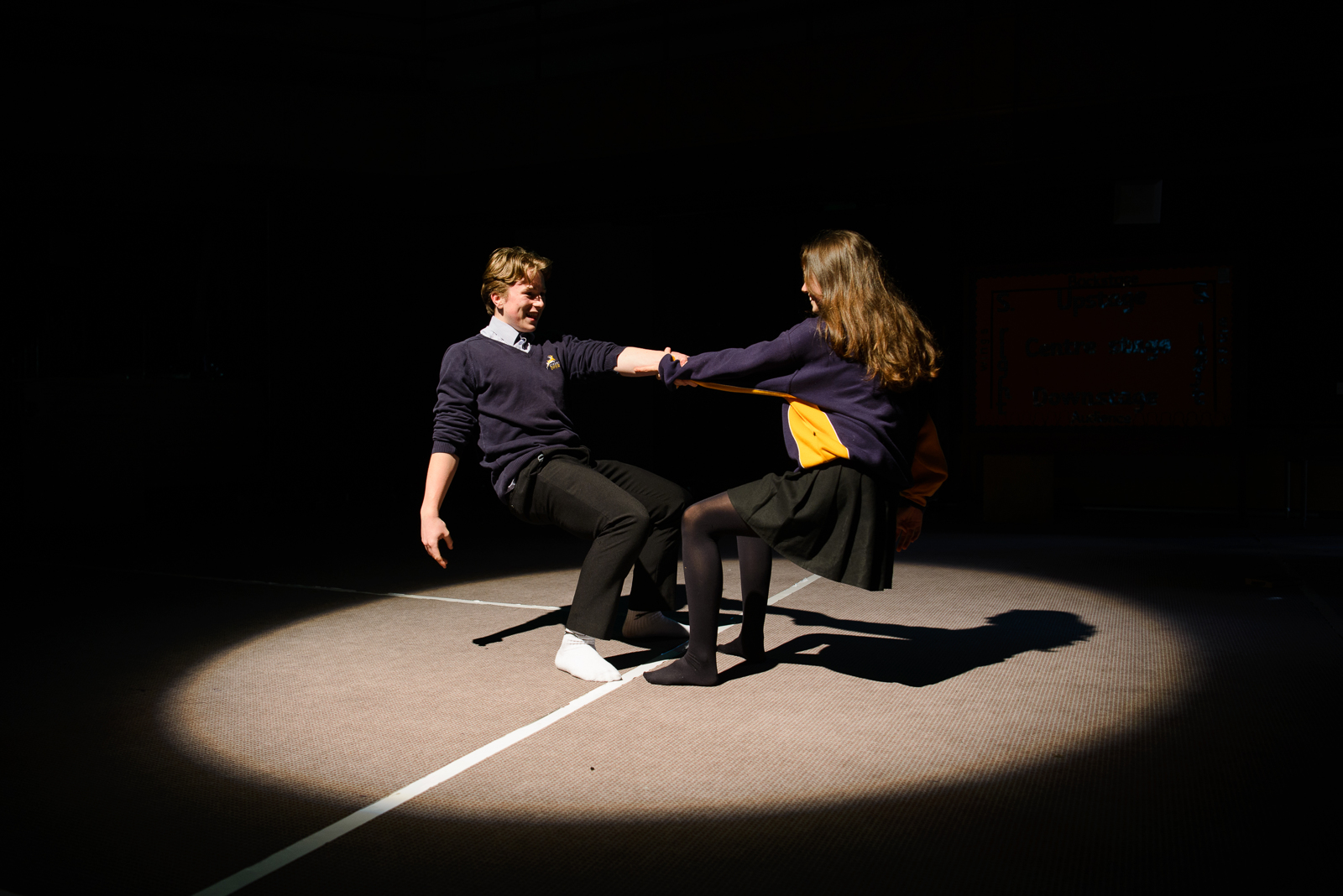Wild Campus Cirencester
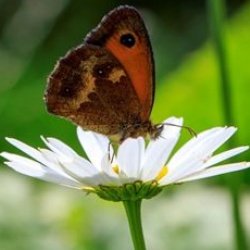
Connecting with wildlife
![]()
Developing wildlife habitats across Cirencester's education quarter to connect wildlife populations, benefit protected species and invest in our community, environment, wellbeing and prosperity.
Wild Campus Cirencester is a European Regional Development Fund funded project, established in 2020 as a partnership between the Royal Agricultural University, Cirencester College and Cirencester Deer Park School.
The viability of wildlife depends on the corridors of natural habitat that species travel along to forage, breed and migrate with seasonal changes. These are becoming increasingly scarce across the UK and as a result the wildlife that supports the pollination of our crops, the control of pests and our general wellbeing is vanishing.
The Wild Campus Cirencester project seeks to bring about real change at a local level, engaging and educating university students, school pupils, staff at the three organisations and the local community in Cirencester.
The collaborative initiative focuses on 144 acres of land occupied by the three educational establishments, which equates to approximately half the size of the town of Cirencester itself. It aims to make transformational changes to the area, developing habitats that connect wildlife populations, including rare bat species, birds, butterflies, bees, dragonflies, amphibians and reptiles.
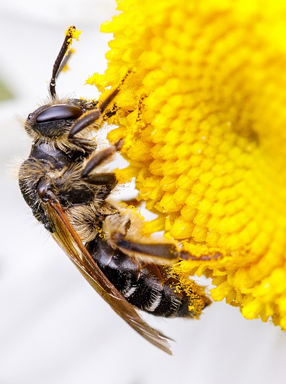
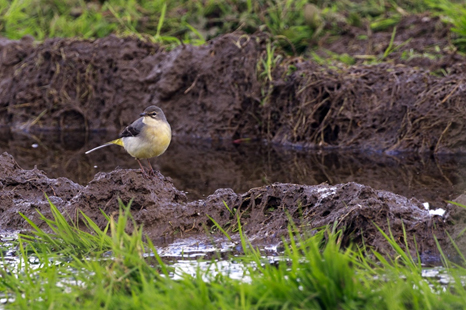
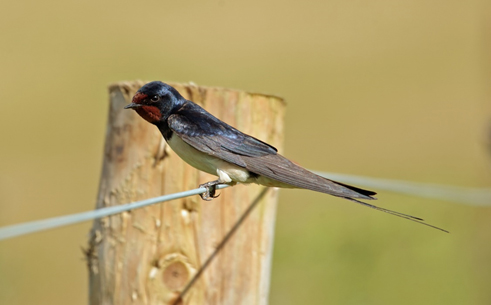
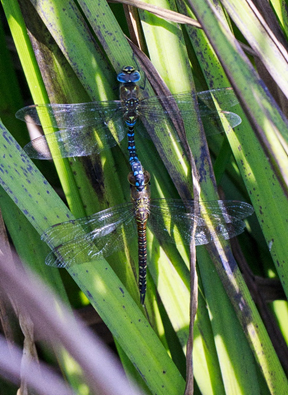
Photographs by James Hargreave (clockwise - starting top left): solitary bee, swallow, southern hawkers and grey wagtail; gatekeeper butterfly in title image.
How are we going to achieve this and what can you do to get involved?
It’s not about turning our sports pitches over to weeds, but about integrating the natural world into our campus life. It’s about rehabilitating the land, achieving new and improved habitats, greater plant and animal diversity and maximising connectivity for the wildlife in our region. It’s also about connecting us to the surrounding countryside so we can continue to enjoy the birds and hedgehogs that keep pests under control in our own gardens and provide us with the pleasure, relaxation and education opportunities that we have come to recognise as being so important.
During 2021 and 2022, we will be sowing the seeds for a sustainable and brighter future for our campus wildlife and future generations in Cirencester. We will be working with our young people, university students, academics, professional services staff, local community and conservation groups to establish diverse natural grasslands for butterflies and bee populations and dark travel corridors and roosting locations for foraging bats. Additional pond habitats will be created for amphibians and other invertebrates and woodland, hedgerows and shrub cover will be planted to provide food and cover for birds and mammals.
At the same time our grounds staff will be learning, alongside students, how to continue to manage and care for these habitats so they are sustainable and can contribute to our local economy. There will be opportunities for everyone to get involved with special educational events, talks and practical work. Collaborations with local businesses are also being explored; a glass of locally sourced camomile gin or a pot of lavender honey really brings wildlife that little bit closer to our daily lives.
By 2023 we will:
- Diversify 4ha of lawn
- Plant 1km² of native shrubs
- Seed 3km² of wild flowers
- Create dark corridors to connect bat populations and increase foraging opportunities
- Install 150 bird and bat boxes.
‘I am delighted Cirencester Deer Park School is a part of this local re-wilding initiative. We are already engaging with the ‘Wild Campus’ principles. Pupils studying Horticulture have planted over 100 saplings. These will form a new hedgerow for wildlife. We are also gathering wildflower seeds which will be sown in the spring. As well as providing colour, they will attract butterflies and other insects. It is important for our pupils to understand their impact on our ecology and for us all to take the necessary steps to protect our local environment and the natural habitats of our immediate neighbours; birds, mammals and insects!’ Chiquita Henson, Headteacher
Find out more
As Project Manager James Hargreave will be leading on this exciting project, but it’s very much an initiative that relies on the engagement and enthusiasm of our students and school pupils, supported by the wider community.
You can find out more about Wild Campus Cirencester by following @wildcampusCiren on Twitter or @wildcampuscirencester on Instagram or by emailing james.hargreave@rau.ac.uk.
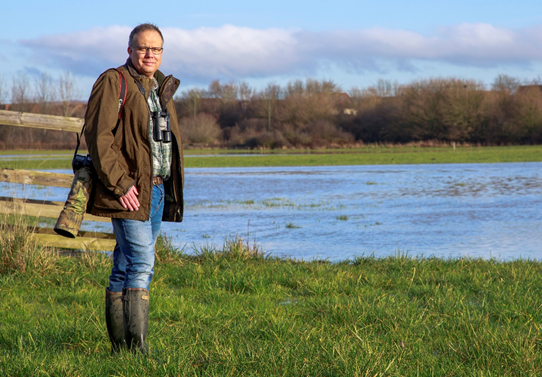
![]()

